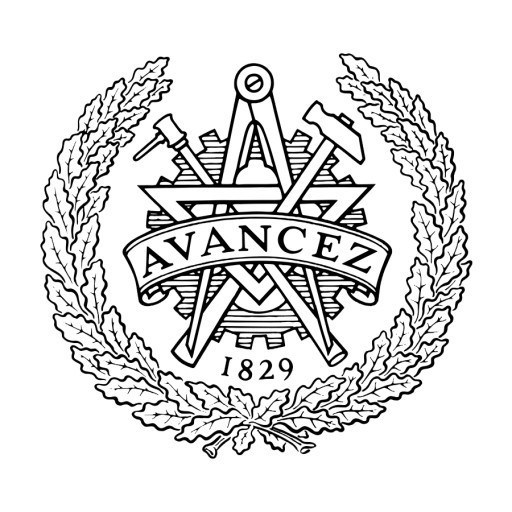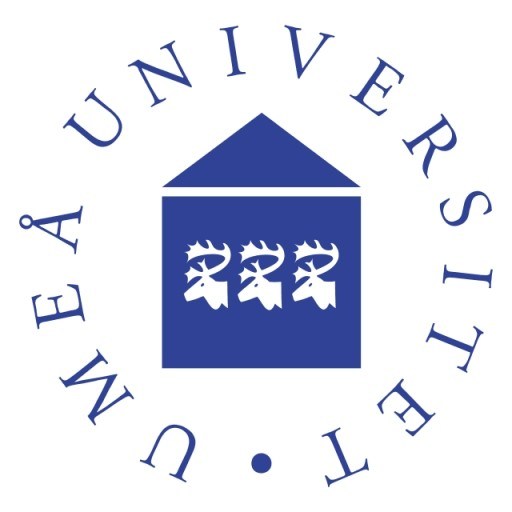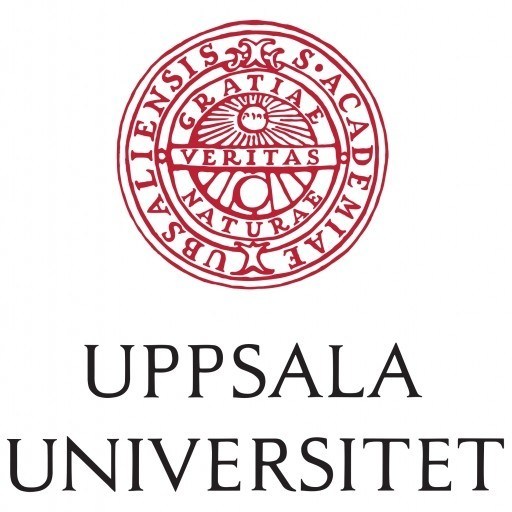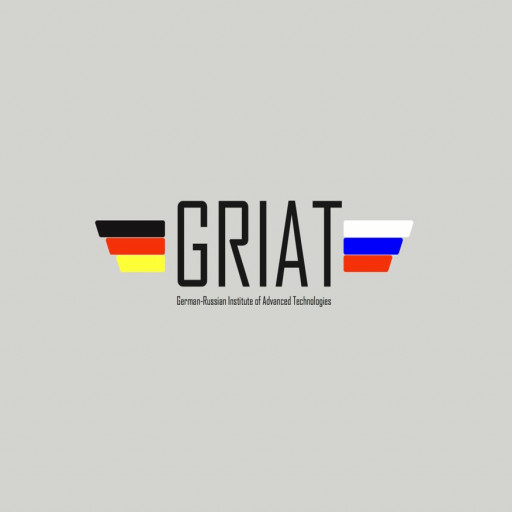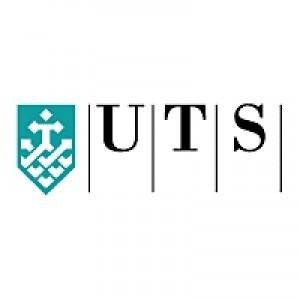Photos of university / #chalmers.university
Interaction Design and Technologies is a comprehensive master's programme at Chalmers University of Technology that prepares students to become innovative designers and developers of interactive systems. This interdisciplinary programme combines the principles of design, computer science, engineering, and human-computer interaction to equip students with the skills necessary to create user-centered digital products and services. Throughout the programme, students will explore how to design engaging and accessible user interfaces, develop interactive applications, and implement advanced technologies such as augmented reality, virtual reality, and multimodal interfaces. The curriculum emphasizes a user-centric approach, encouraging students to understand end-user needs through ethnographic methods, usability testing, and iterative design processes. Besides technical development, the programme fosters critical thinking about the societal and ethical implications of technology, preparing students to contribute responsibly to the digital future. Students have the opportunity to work on real-world projects in collaboration with industry partners, gaining practical experience and building professional networks. The programme also offers specializations in areas such as Human-Computer Interaction, Design and Digitalization, and Interaction for Sustainable Development, allowing students to tailor their education according to their interests and career goals. Graduates of the programme are well-equipped for careers in UX/UI design, interaction development, research, and innovation in both industry and academia. With access to cutting-edge laboratories, a vibrant academic community, and international exchange opportunities, students are encouraged to explore new ideas and push the boundaries of technology and design. Upon completing the programme, students will have a deep understanding of interaction design principles, technological tools, and human factors, enabling them to create meaningful digital experiences that enhance everyday life.
The Master's programme in Interaction Design and Technologies at Chalmers University of Technology offers a comprehensive education that prepares students to create innovative digital solutions aimed at enhancing human experiences. The programme bridges design, technology, and user psychology to equip students with the skills necessary to understand user needs and develop interactive systems across various platforms, including mobile devices, computers, and emerging technologies. Throughout the programme, students engage in a balanced mix of theoretical knowledge and practical skills, focusing on areas such as user-centered design, prototyping, usability evaluation, and interface development.
Students will learn how to analyze complex human-computer interactions, design intuitive interfaces, and implement interactive solutions that are both functional and engaging. The curriculum emphasizes hands-on project work, often in collaboration with industry partners, enabling students to apply their learning in real-world settings. Additionally, the programme encourages multidisciplinary collaboration, inviting students from different backgrounds such as computer science, psychology, and design to work together on innovative projects.
A key aspect of the programme is its focus on emerging technologies, including augmented reality, virtual reality, and Artificial Intelligence, preparing graduates to lead the development of future digital experiences. Students also gain strong skills in research methods, enabling them to assess user experience critically and contribute to the scientific understanding of interaction design.
The programme prepares students for careers in diverse sectors such as technology companies, consulting firms, research organizations, and start-ups, where they can contribute as interaction designers, UX specialists, or product developers. Chalmers' strong connection to industry ensures that students are well-equipped with relevant skills and networks to succeed in the evolving digital landscape. Graduates of the programme are expected to become innovative designers and technologists who can create meaningful, user-centered digital experiences that meet societal needs and improve everyday life.
Admission to the Master’s Programme in Interaction Design and Technologies at Chalmers University of Technology requires applicants to hold a Bachelor's degree or the equivalent in a relevant field, such as computer science, interaction design, software engineering, or related disciplines. Applicants must demonstrate proficiency in English, typically through tests like IELTS or TOEFL, unless they have completed previous studies in English or in an English-speaking country, meeting the specified minimum scores. The programme emphasizes multidisciplinary skills, so applicants with a background combining technical knowledge with design or user experience are highly valued.
The admission process involves submitting an online application via the university’s application portal before the deadline, which usually falls in mid-January for studies starting the following autumn semester. Along with the application form, candidates must upload copies of academic transcripts, degree certificates, curriculum vitae, and a personal statement or motivation letter explaining their interest in the programme and their relevant background. Some programs may also require letters of recommendation or an online portfolio showcasing previous work related to interaction design or technology projects.
In addition, relevant work experience, especially in user-centered design, programming, or prototyping, can strengthen an application but is not mandatory. It's important for applicants to demonstrate not only academic readiness but also motivation and clarity about their career goals related to interaction design and technology. Selection is based on academic achievements, relevant experience, motivation, and language proficiency.
The programme aims to prepare students for careers as interaction designers, UX specialists, technical developers, or researchers in the field of digital interaction, emphasizing innovative approaches, user-centered design, and emerging technologies. Students are expected to have a strong foundational knowledge in software development, design principles, and human-computer interaction to succeed in the coursework and project assignments.
Overall, it’s essential for applicants to carefully review the specific admission requirements listed on the official Chalmers University website, as they may update criteria or documentation needs annually. International students are advised to check visa requirements and housing options early in the application process. Successful applicants are encouraged to prepare for a challenging but rewarding academic environment that fosters creativity, technical skills, and a user-centered approach to design and technology innovations.
Funding for the Interaction Design and Technologies master's program at Chalmers University of Technology is primarily composed of tuition fees and opportunities for financial aid. International students are required to pay tuition fees, which vary depending on the program and may range from approximately SEK 150,000 to SEK 200,000 per academic year. These fees are set by the university and are consistent with what is charged for comparable engineering and design programs at Chalmers. Swedish and European Union/European Economic Area students are generally exempt from tuition fees, but they may need to cover living expenses.
Financial support options include scholarships, which are available through various schemes. The Chalmers IPOET Scholarship is one of the prominent scholarships offered to international students admitted to master's programs at Chalmers. These scholarships typically cover a significant portion, or in some cases the full, tuition fee; however, they do not usually include living costs. Applicants are often considered automatically based on their academic excellence and the quality of their admission application, without requiring separate applications.
In addition to scholarships, students may seek external funding sources such as government loans, private foundations, or sponsorships from industry partners. The Swedish government offers student loan supports to students from EU/EEA countries studying in Sweden, provided they meet certain criteria. For non-EU/EEA students, external sponsorships or private funding may be necessary to cover living expenses and other costs.
Students are also encouraged to explore part-time work opportunities during their studies to supplement their income. Chalmers University of Technology offers several employment opportunities for students, including research assistantships and project-based work, although these are competitive and often require prior relevant experience.
Overall, financing studies at Chalmers for the Interaction Design and Technologies program involves covering tuition fees through scholarships or personal funding, along with planning for living expenses either through personal means, government grants, or external sponsorships. The university's supportive scholarship programs, combined with Sweden’s robust student support system, help make the program accessible for both Swedish/EU students and international students, although the financial requirements and opportunities differ mainly based on residency status.
Interaction Design and Technologies at Chalmers University of Technology is a comprehensive master's program that combines theoretical knowledge with practical skills to prepare students for the evolving field of human-computer interaction. The program focuses on understanding how people interact with digital technologies and designing user-centered interfaces that improve usability, accessibility, and user experience. Students explore a variety of topics, including interface design, user experience (UX), human factors, and emerging interactive technologies such as augmented reality, virtual reality, and wearable devices. The curriculum is structured to promote interdisciplinary learning, integrating aspects of computer science, psychology, design, and engineering to produce well-rounded professionals capable of addressing complex interaction challenges.
Throughout the program, students engage in hands-on projects, including developing prototypes, conducting user research, and evaluating interaction solutions. The program emphasizes innovation, creativity, and a user-centered approach, encouraging students to think critically about how digital products and services impact society and individuals. Collaboration and teamwork are key components, with students working alongside industry partners and researchers to solve real-world problems. The program also offers opportunities for specialization in areas such as interface design, interactive technology development, or UX research, depending on students' interests and career goals.
Career prospects for graduates are diverse, with opportunities in industries such as technology, gaming, healthcare, education, and entertainment. Typical roles include UX designer, interaction designer, usability analyst, human factors specialist, and research and development engineer. The program is taught in English and attracts international students, fostering a global learning environment. Students benefit from Chalmers' strong connections to industry. The university's facilities, including labs for prototyping and testing, support innovative education and research. Upon completion, graduates are equipped with the skills necessary to contribute to the development of intuitive, accessible, and innovative digital interfaces that enhance everyday life and work environments.
